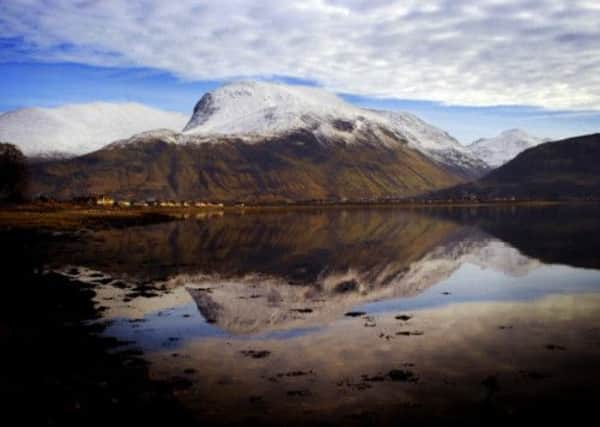Scottish fact of the week: Ben Nevis


Often referred to as a Munro, Ben Nevis attracts an estimated 100,000 mountaineers every year. Though a former volcano, Ben Nevis has lain dormant for around 350,000 million years - but there are, of course, plenty of other dangers for climbers who arrive insufficiently prepared for the Ben.
The first recorded ascent made on the mountain, near Fort William, was made by Edinburgh botanist James Robertson 1771. Three years later, John Williams climbed the Munro and was the first person to take down an account of the Ben’s geological structure.
Advertisement
Hide AdEnglish poet John Keats was another who made the ascent in 1818.
The mountain has several landmarks of interest: the Pony Track, built in 1883, leads up to the ruins of an observatory. The observatory was built in the 1870s but has lain abandoned since 1904. The observatory was set up in order to measure weather changes at high altitudes. Also located at the summit is a make-shift shelter for those caught out in bad weather, and a WWII memorial.
The Ben Nevis Hill Race is another famous aspect of the Ben, a tradition which dates back to the late 19th century. On the first Friday of September, around 500 runners gather to compete in the race, which is 14km long and has around 1,340 metres of ascent.
SEE ALSO